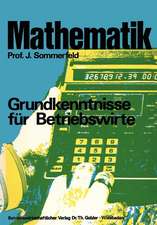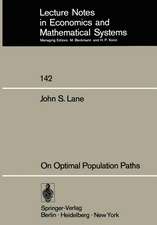Advances in Domain Adaptation Theory
Autor Ievgen Redko, Emilie Morvant, Amaury Habrard, Marc Sebban, Younès Bennanien Limba Engleză Hardback – 13 aug 2019
Additional sections present generalization guarantees based on the robustness and stability properties of the learning algorithm.
- Gives an overview of current results on transfer learning
- Focuses on the adaptation of the field from a theoretical point-of-view
- Describes four major families of theoretical results in the literature
- Summarizes existing results on adaptation in the field
- Provides tips for future research
Preț: 532.89 lei
Preț vechi: 745.44 lei
-29% Nou
Puncte Express: 799
Preț estimativ în valută:
101.97€ • 109.04$ • 85.02£
101.97€ • 109.04$ • 85.02£
Carte tipărită la comandă
Livrare economică 10-24 aprilie
Preluare comenzi: 021 569.72.76
Specificații
ISBN-13: 9781785482366
ISBN-10: 178548236X
Pagini: 208
Dimensiuni: 152 x 229 x 17 mm
Greutate: 0.45 kg
Editura: ELSEVIER SCIENCE
ISBN-10: 178548236X
Pagini: 208
Dimensiuni: 152 x 229 x 17 mm
Greutate: 0.45 kg
Editura: ELSEVIER SCIENCE
Cuprins
1. Introduction
2. State-of-the-art on statistical learning theory
3. Domain adaptation problem
4. Divergence based bounds
5. PAC-Bayes bounds for domain adaptation
6. Robustness and adaptation
7. Stability and hypothesis transfer learning
8. Impossibility results
9. Conclusions and open discussions
2. State-of-the-art on statistical learning theory
3. Domain adaptation problem
4. Divergence based bounds
5. PAC-Bayes bounds for domain adaptation
6. Robustness and adaptation
7. Stability and hypothesis transfer learning
8. Impossibility results
9. Conclusions and open discussions
Recenzii
"This book goes beyond the common assumption of supervised and semi-supervised learning that training and test data obey the same distribution. When the distribution changes, most statistical models must be reconstructed from new collected data that may be costly or even impossible to get for some applications. Therefore, it becomes necessary to develop approaches that reduce the need and the effort demanded for obtaining new labeled samples, by exploiting data available in related areas and using it further in similar fields. This has created a new family of machine learning algorithms, called transfer learning: a learning setting inspired by the capability of a human being to extrapolate knowledge across tasks to learn more efficiently. This book provides an overview of the state-of-the-art theoretical results in a specific - and arguably the most popular - subfield of transfer learning, called domain adaptation." --Mathematical Reviews Clippings



















